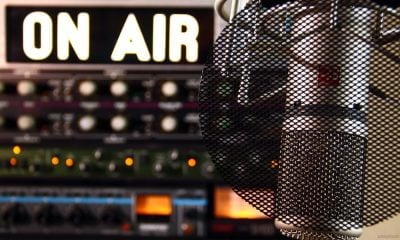Marketing
Bleisure: Productive or a Waste of Time?

Nowadays increasing numbers of business owners are operating on a multinational level. Even small-scale sellers are experiencing demand for their products and wares overseas. Why? Well, because more of us are operating online. As soon as we put our products on the web, people all over the world can potentially view them. Exposure means that demand grows and before long you’ll be receiving messages inquiring about international shipping. By simply offering this option, you suddenly place your brand on an international stage. You never know where your biggest market might lie and before long you may be expanding dramatically and looking into meeting the demand of other countries! This is all extremely exciting. It can also mean increased travel, as you conduct research abroad and perhaps even start to build partnerships. But when you’re travelling so far, it can be tempting to give in to the lure of adding a feel personal or social trips on your list for while you’re away. This is commonly referred to as “bleisure”. Here’s a little more on the subject!
What Exactly is “Bleisure”?
Bleisure is a hybrid term mixing “business” and “leisure” to explain a growing trend where travellers blur the lines between their business and leisure activities. It is becoming so common that studies are being conducted into the area. Results found that over 83% of those surveyed admitted to spending a portion of the time they had on their business trip to explore the place that they were staying. Almost 30% had added an extra pleasure trip to their business trip on at least one occasion. More than half of those participating in bleisure clearly plan this before hand, as they invite their partner or others along with them to accompany them on their journeys. The trend is set to stay and increase too, with 6 out of 10 people saying that they’d be more likely to take bleisure trips today than they were five years ago.
Getting the Most Out of Bleisure
Now, bleisure can go one of two ways. It can either be highly productive for your company, or it can be a negative, amounting to a waste of finances and time. The trick to successful bleisure is to throw the term “bleisure” aside and differentiate between the two aspects of the trip while you are away. Draw a fine line between time spent on work and time spent relaxing. Designate the first half of your trip, for example, to business practice. Then use the second half as a holiday. This means that you won’t slack during the first half of your trip and will relax fully during the second.
Being Productive in the First Half of Your Trip
During the first half of your trip, take the time to apply your studies or research on foreign markets to real life experience. Say you’ve been studying msc international accounting and finance online. You can use your trip to experience foreign markets and connect with individuals at leading banks in the area. You can use this part of the trip to forge business relations and get to know your target market better.
Relaxing During the Second Half of Your Trip
All work and no play will see you overexert yourself. So use the second half of your trip as a change for relaxation and recuperation. If you’re in a sunny climate, kick back on the beach and let your hair down. If you’re in an inner city, make the most of local spas and treatment centres.
As you can see, bleisure could potentially see you waste time, taking a complete leisure trip while feigning work. But if you are organised, you can actually make the time away extremely productive with a chance to relax and recuperate at the end!









